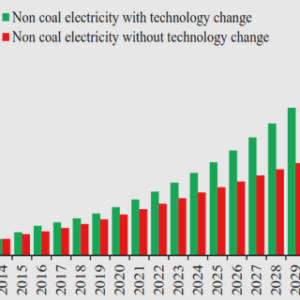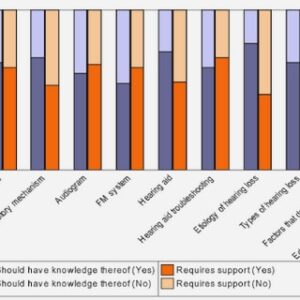(Downloads - 0)
For more info about our services contact : help@bestpfe.com
Table of contents
1 1. Introduction and context
Biodiversity in a changing environment
Environmental changes in freshwater systems
Multiple stressor interactions
Evolutionary concepts: responses of populations to environmental variations .
Relationship between phenotype and environment
Local adaptation
Study model and research questions
Alpine populations of a cold-water specialist, the arctic charr Salvelinus alpinus in a warming context
Local threats: fine sediment impacts on salmonids and potential for interactions with temperature
Research aims
2 2. Temperature as a selective pressure – investigating local adaptation patterns in native and introduced populations
Foreword
Article information
Abstract
Introduction
Material and Methods
Experimental design
Life history traits measurements
Data analysis
Results
Thermal reaction norms
Neutral genetic diversity
Quantitative trait variation
Discussion
Thermal reaction norms
Neutral and adaptive population divergence
Within population diversity
Impacts of stocking
Conclusion
Supplementary files
3 3. Temperature as a constraint on tolerance to other stressors – the example of fine sediments Foreword
Article information
Abstract
Introduction
Material and methods
Study species
Experimental design
Sediments
Temperature
Life-history traits
Statistical analyses
Results
Discussion
Supplementary file
4 4. Response of wild populations in a multiple stressors context
Foreword
Article information
Abstract
Introduction
Material & Methods
Study system and populations
Rearing experiment
Results
Discussion
Separate effects of temperature and sediment
Interactive effects of temperature and sediment
Conservation implications for arctic charr populations at the Southern edge
Conclusions
Supplementary files
5 5. General discussion
Adaptation and plasticity in response to temperature and considerations on thermal tolerance
Response to sediment exposure and assessment of the sediment risk
Life history trade-offs in early life: growth, development, and maintenance
Implications of this work for Southernmost arctic charr populations
Multiple stressors affecting arctic charr and management of multiple stressors
Genetic structure of populations and influence of stocking practices
Concluding remarks
6 6. References



